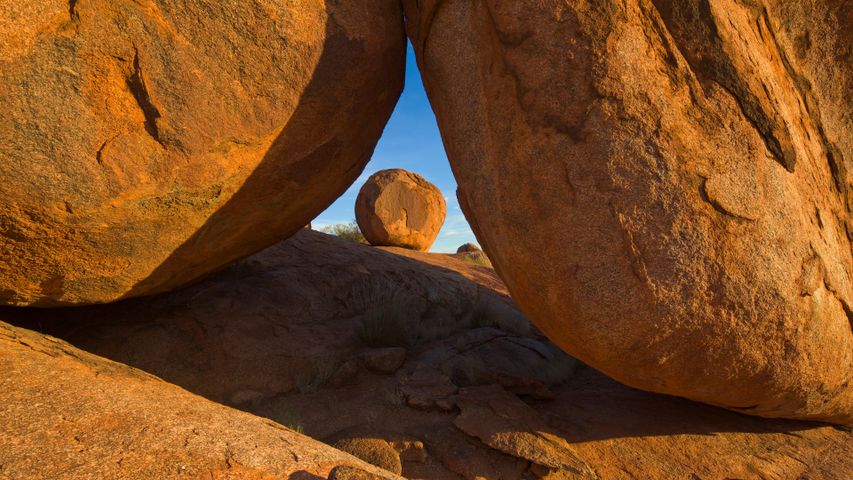Moeraki Boulders, South Island, New Zealand
© Douglas Pearson/eStock Phot
Moeraki Boulders, South Island, New Zealand
Although rocks are common, few of us take the time to consider how amazing they are. Forged in volcanoes or moulded by millennia of pressure, these solid masses of minerals hold the key to understanding how our planet formed. Rocks can also contain fossils, the remnants of long-extinct organisms, which give scientists clues about what creatures and plants have lived on Earth during its 4.5-billion-year history.
One of the world's most curious rock displays can be found on Koekohe Beach in New Zealand. The Moeraki Boulders, some of which are 2 metres in diameter, have been shaped by nature over millions of years. Each boulder started as a pebble on the seabed around 65 million years ago. Over time, layers of mud and silt built up around them, cemented together by calcite. Thanks to erosion and the movement of the sea, the boulders eventually emerged. Today, new boulders are still appearing, while the elements are slowly breaking down existing ones.
Related Images
Bing Today Images
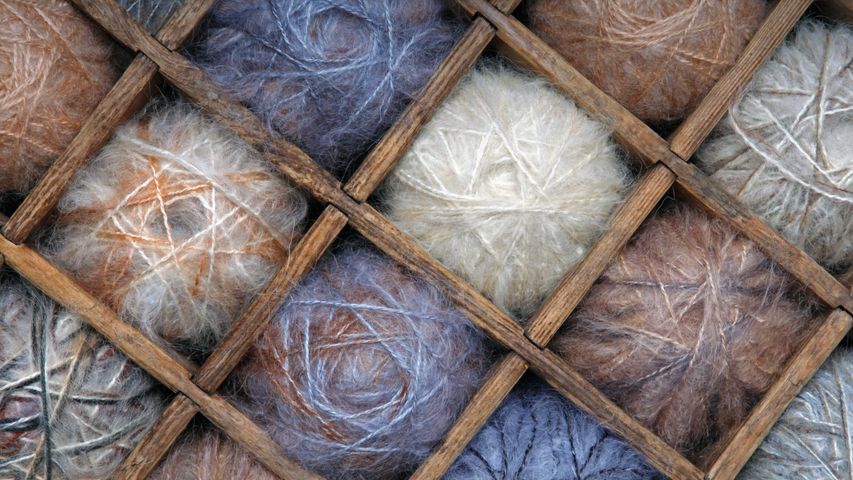
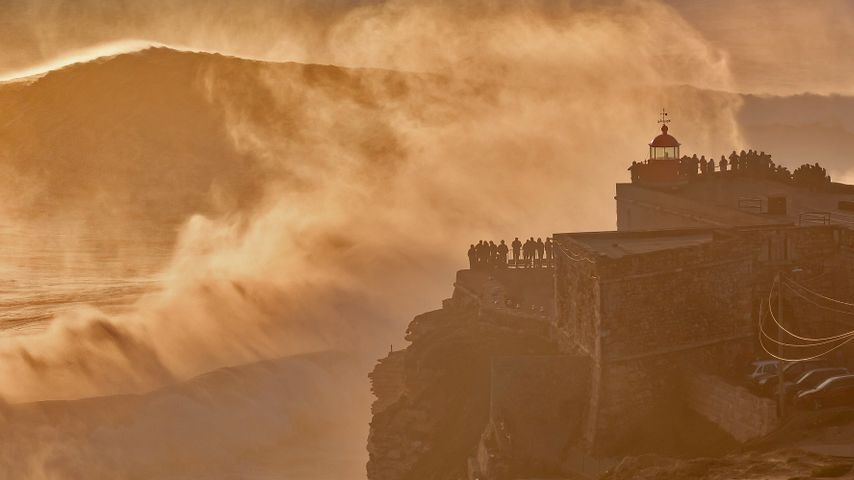
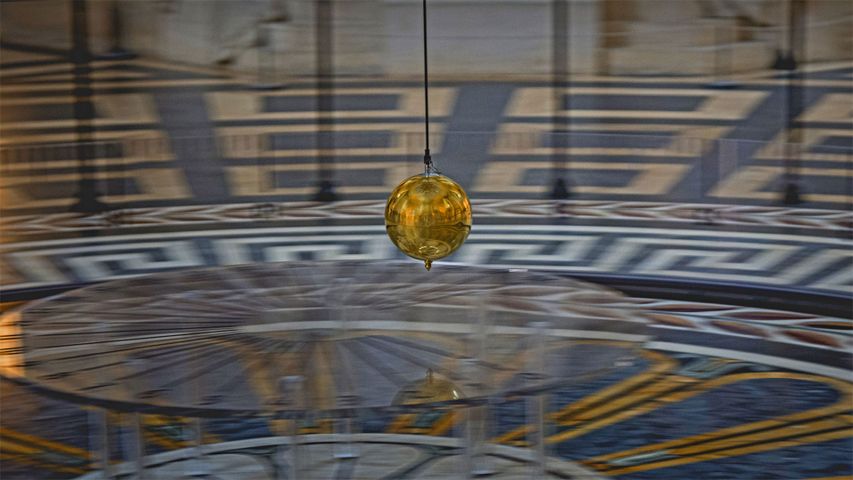
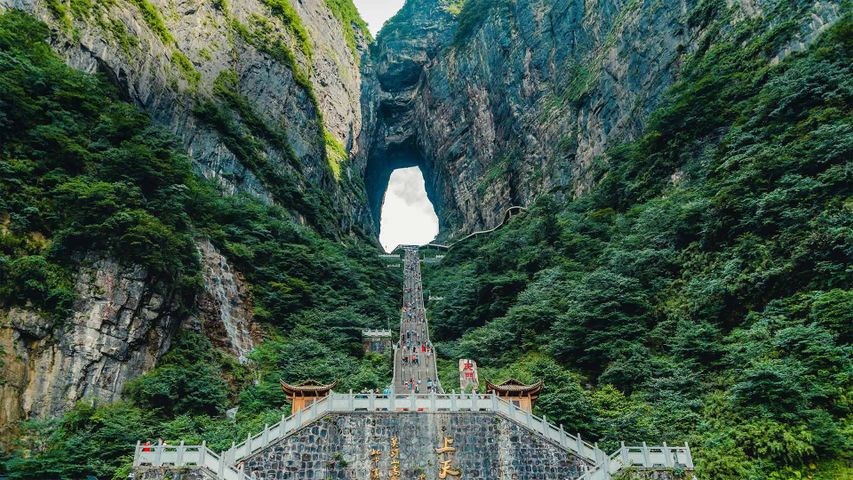
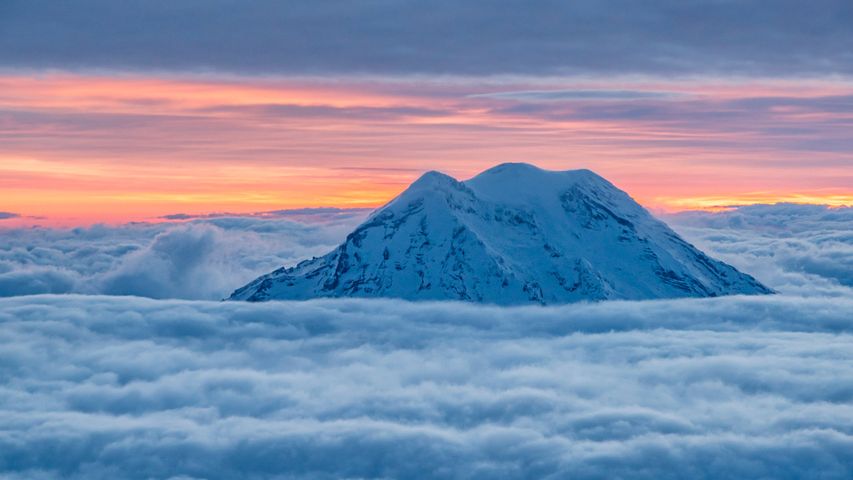
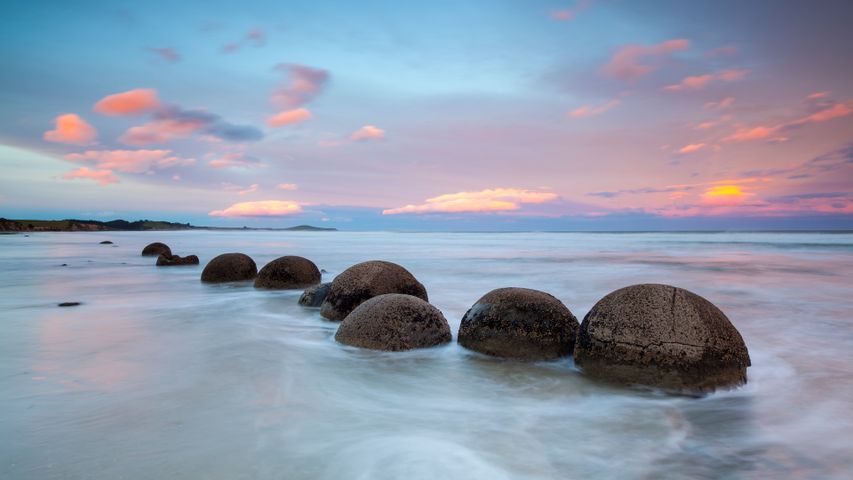
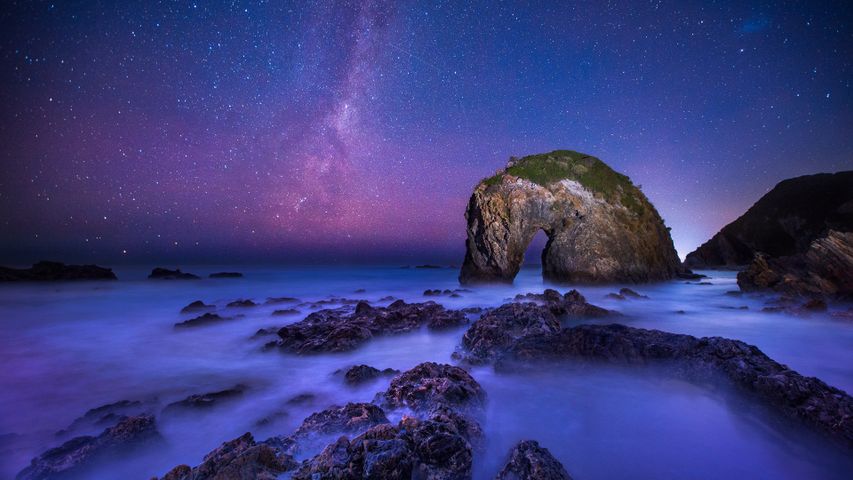 The Milky Way over Horse Head Rock, New South Wales, Australia
The Milky Way over Horse Head Rock, New South Wales, Australia
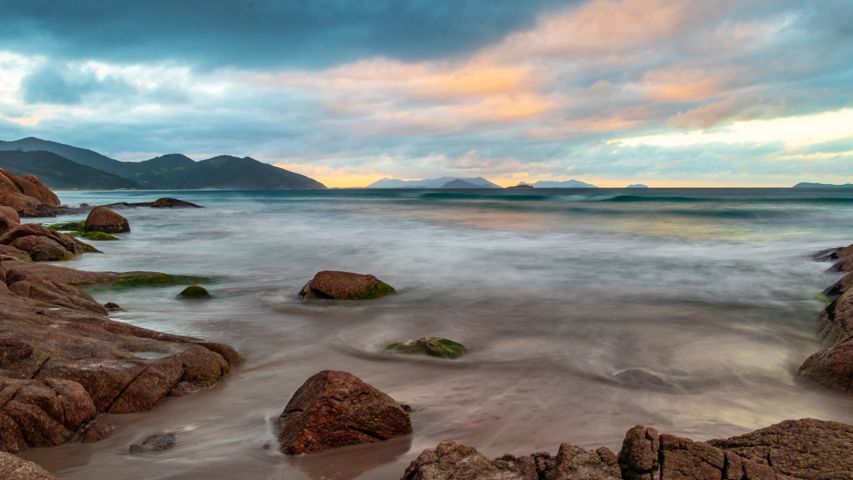 Beach in Santa Catarina, Brazil
Beach in Santa Catarina, Brazil
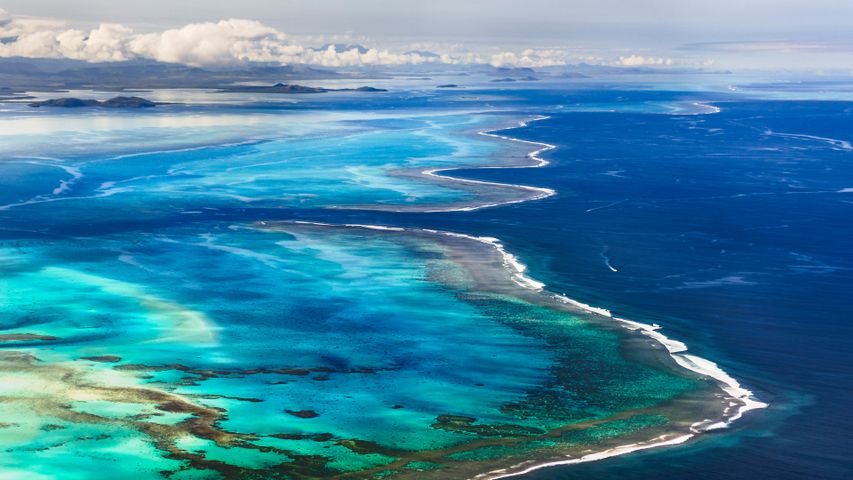 Barrier reef off Grande Terre, New Caledonia, France
Barrier reef off Grande Terre, New Caledonia, France
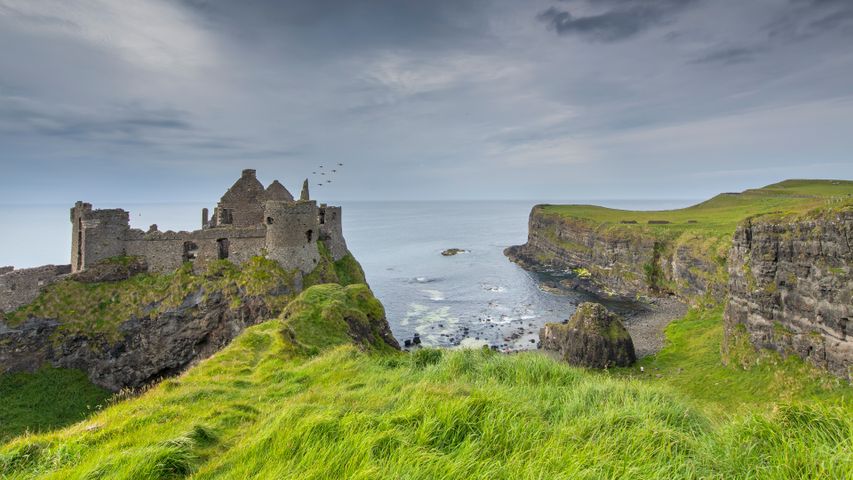 Dunluce Castle, County Antrim, Northern Ireland
Dunluce Castle, County Antrim, Northern Ireland
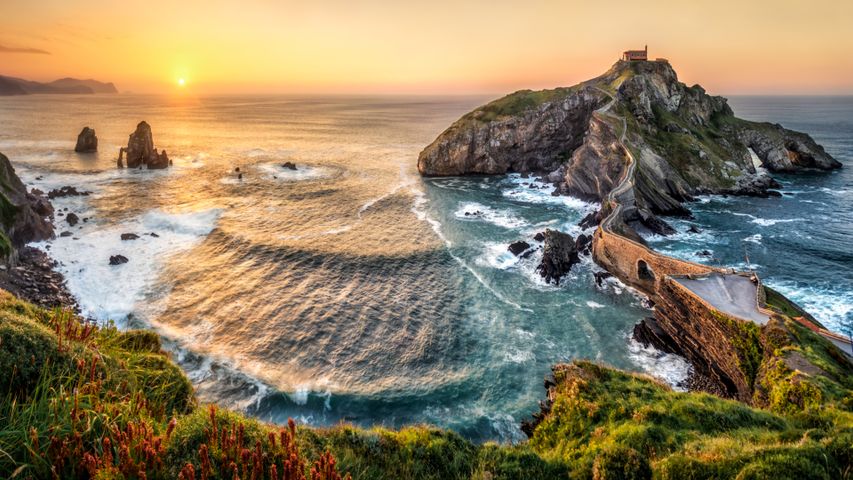 Gaztelugatxe islet at sunset, Basque Country, Spain
Gaztelugatxe islet at sunset, Basque Country, Spain
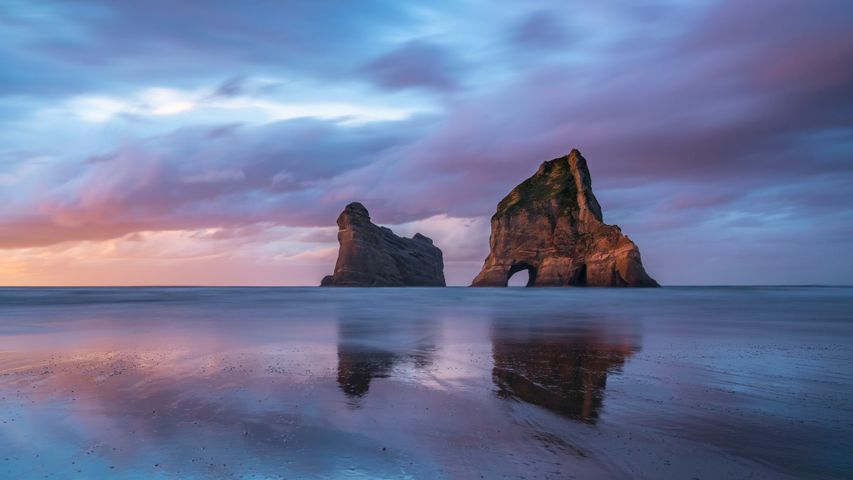 Archway Islands, Wharariki Beach, South Island, New Zealand
Archway Islands, Wharariki Beach, South Island, New Zealand
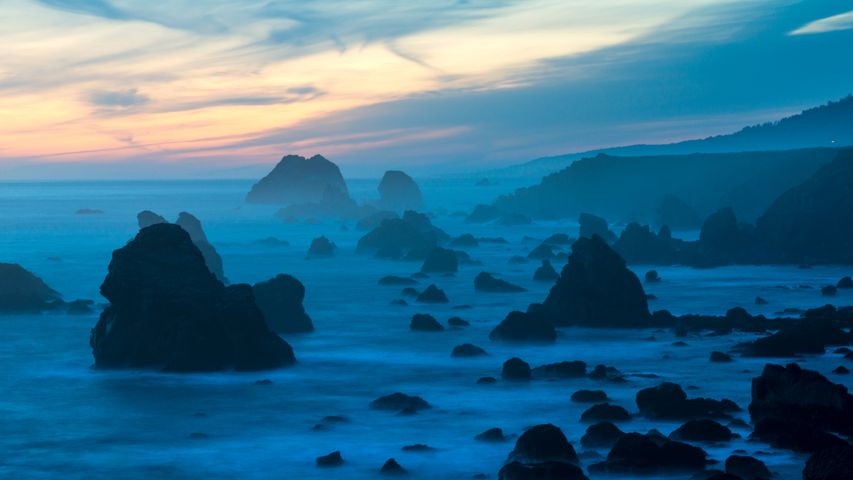 Sonoma Coast State Park, California, USA
Sonoma Coast State Park, California, USA
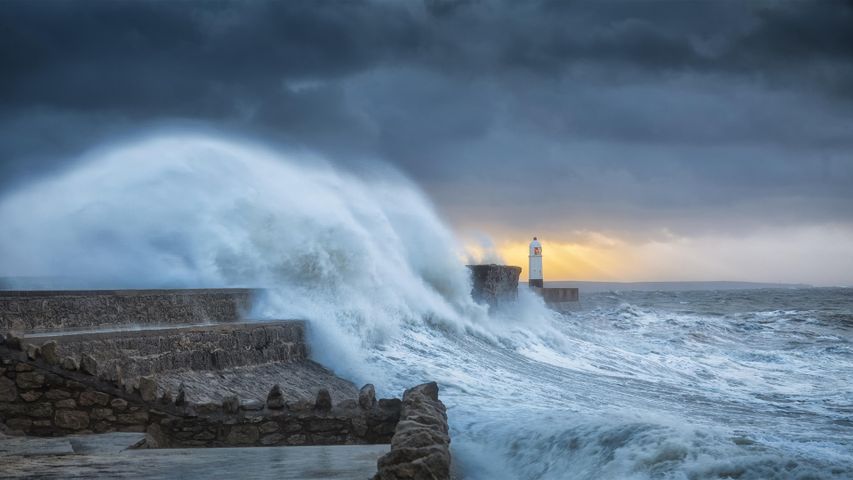 Porthcawl lighthouse, South Wales, UK
Porthcawl lighthouse, South Wales, UK
